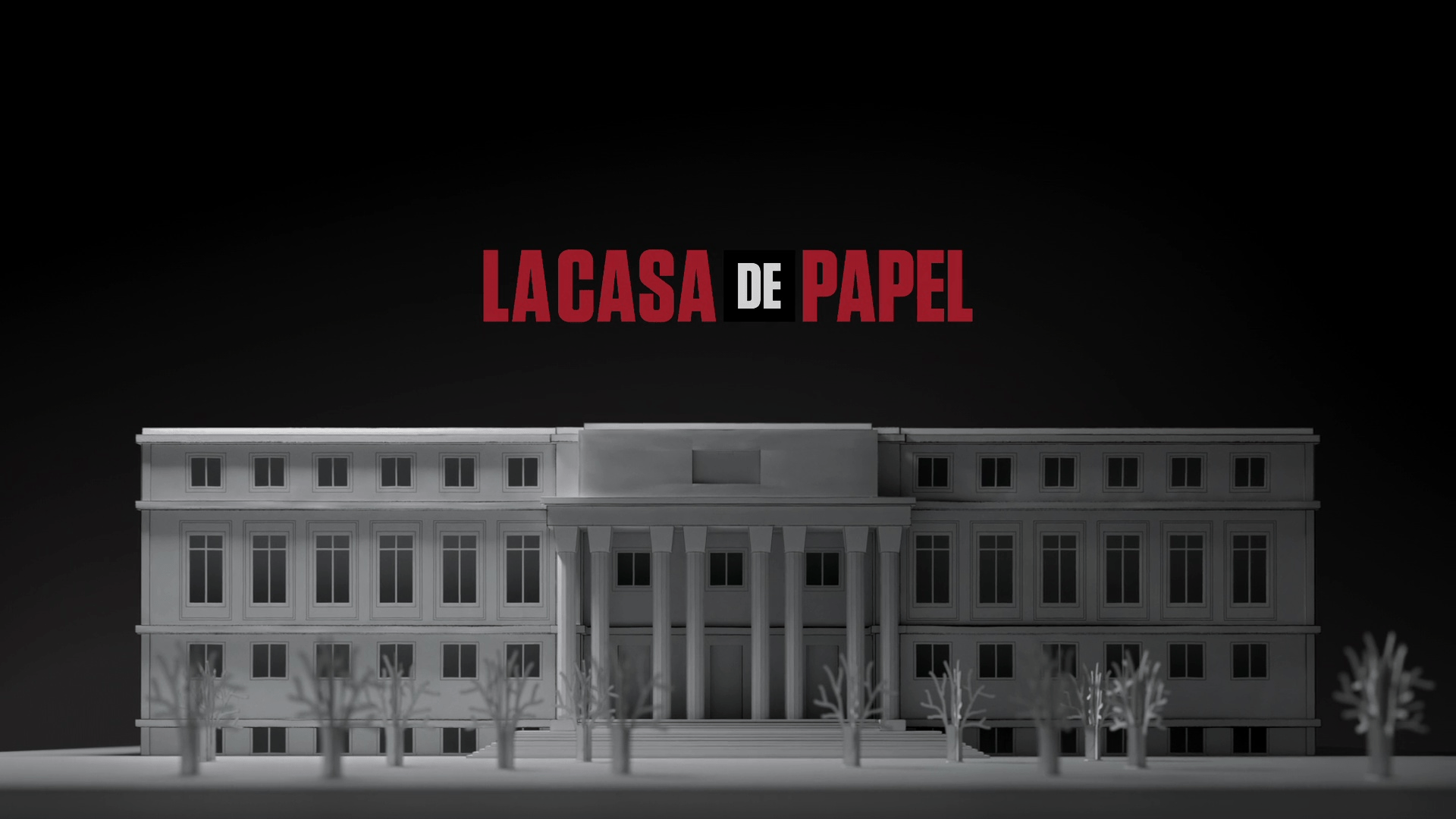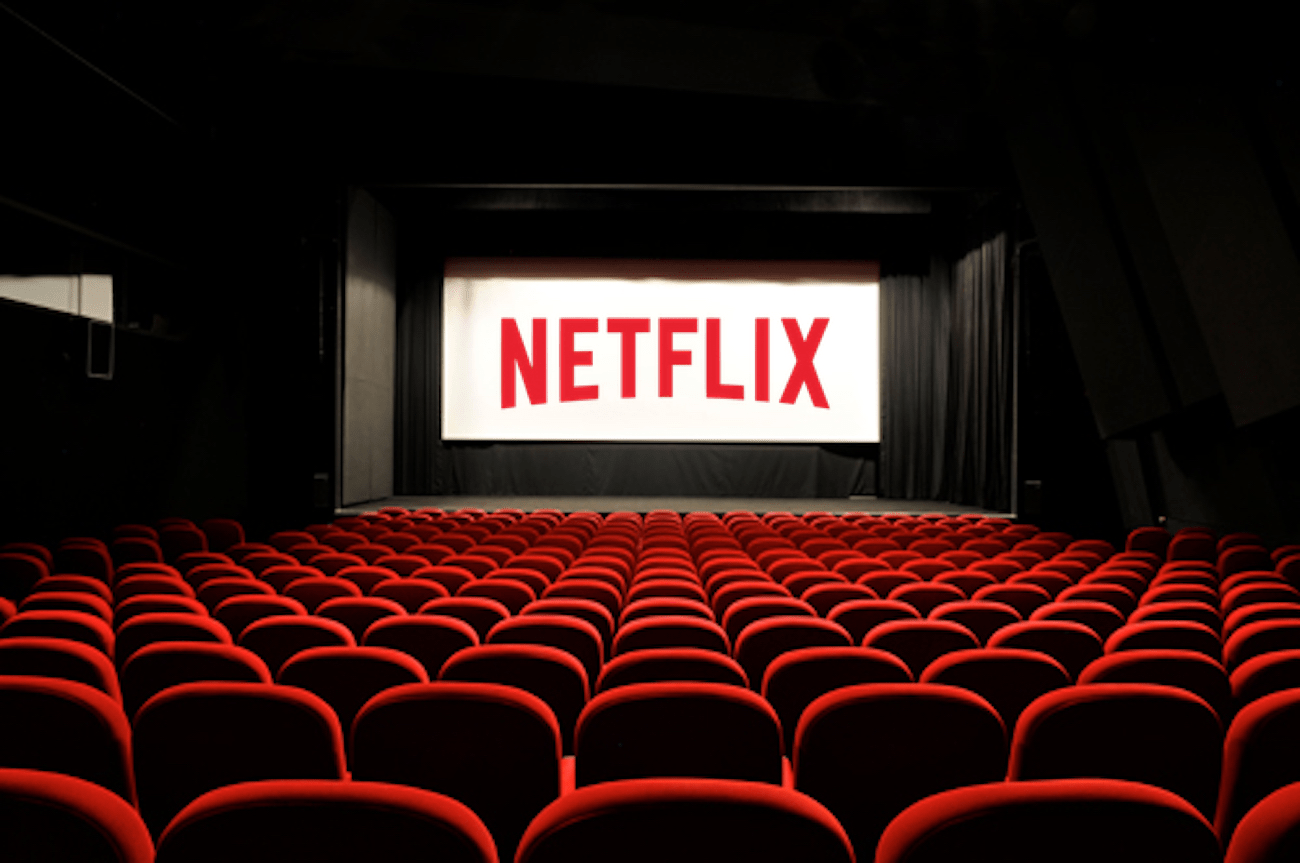The revolution of the streaming video changed the way to watch movies and TV series. But not only: the way to produce the contents and the way to share them in the video market changed too, after the arrival of Netflix.
Movies and TV series after Netflix, what did change?
Let’s start by talking about the case of The Irishman, a Netflix production of 160 million of dollars that though isn’t able to find space in the cinemas. This because, even rightly, some cinemas don’t feel confortable to occupy a room for a movie that will shortly (some times less then two months) land on a platform of streaming like Netflix.
This is at least the thought of many big cinema chain. Small realities instead accepted the challenge, maybe focusing on a corner audience that doesn’t have a subscription on any streaming platform.

Netflix, especially, gives the possibility to share on its own website the movie after only three weeks after the release in the cinemas. For this reason The Irishman was literally banned by the big cinemas chain in the USA.
Here one starts a debate if it makes sense that a product designed for the streaming passes first for the cinema, a debate not only in the USA, but even here in Italy.
The last two chapters of Il Commissario Montalbano landed to the cinema just a bunch of weeks before being released, even freely, in television.
How does the publicity change in the video marketplace
Even the publicity changed after Netflix, if before we were used to use the adv breaks to go switching off the fire in the kitchen or to go to the toilet, now the viewing of the movies and the Tv series is no stop. Even between an episode and another of a serie it’s possible to continue watching by jumping even the initial only by pushing a button.
Netflix tried to put the advertising on its programs while we are watching a movie or a TV serie, this was enough to cause the struggle of the users. The test failed and Netflix explained that there will never be publicity on its contents.
This technic is now instead largely used by Facebook and Youtube, and it’s called interruption marketing. A practical that stops the activity that we are doing by showing an adv message to the user.
A research of Audience Project showed the consequences for the brand of streaming video if it will definitelly use the model of interruption marketing.
The results were clear: the 58% of the users will leave the platform, otherwise if you pay a subscription is normal to consider that you don’t want to watch the publicity, even if it’s self-serving.
The secrets of Netflix
But what did make Netflix so powerful? Surely its continuos adapt itself and to evolve according to the audience flavours. For example it doesn’t invest all the money on the american project, but they work a lot in the choice of original products all over the world. So a product like La Casa de Papel produced in Spain becomes a product known in the whole world.

We must then consider that Netflix produces its contents and makes them available in the whole world without problems of licenses of sharing. This way to act is changing and enlarging even the flavours of the audience, which are affected until now by the dominance of the american products.
The netflix movement is such strong, and the budgets so high, that many screenwriters and directors are passing from the big screen to the streaming.
This post is also available in:


